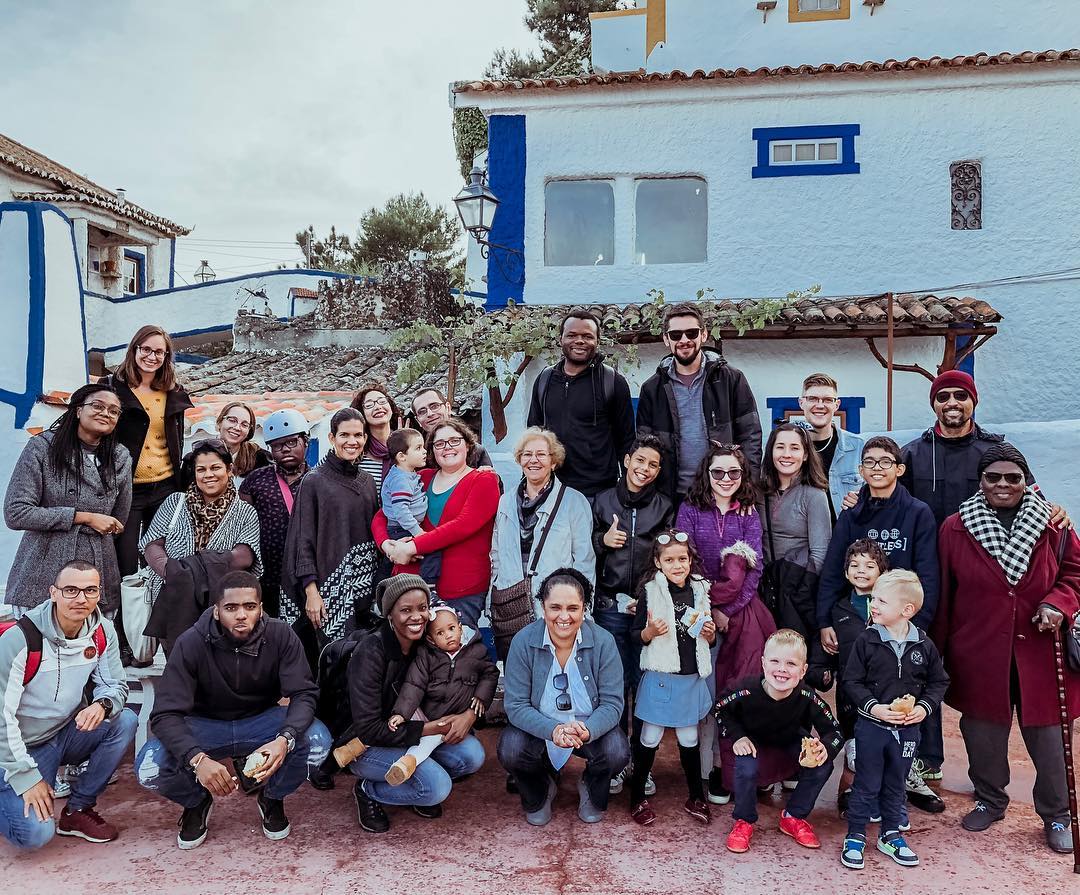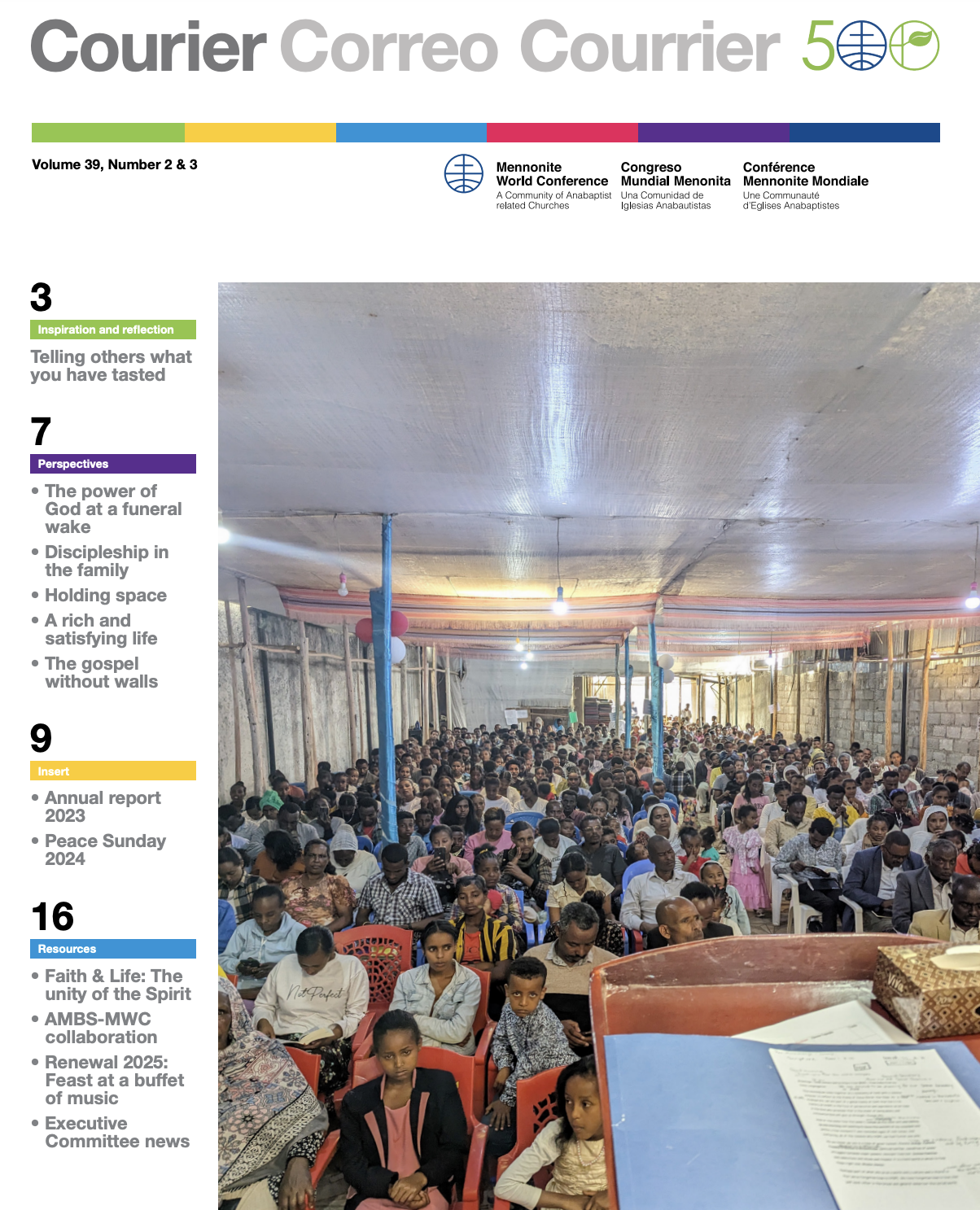-
Missional Frontier: DRC
Mennonite churches in Democratic Republic of Congo Background The Democratic Republic of Congo is a country located in Central Africa, inhabited by nearly 80 million people, belonging to500 tribes and living on a surface of 2 345 410 square kilometers. The country experienced two waves of evangelism. The first evangelism occurred during the15thcentury through the…
-
Missional Frontier: Kenya
A Mission Story of KMC – witnessing in faith Country context in Brief Kenya Mennonite Church (KMC) is a conference registered in The Republic of Kenya. Kenya has a total land area of 581,309km2. Around 9.5% of this total land area is arable. The population is 48 million with a growth rate of 2.3%. Women…
-
Missional Frontier: Portugal
Mennonite Churches in Portugal Background In September 2020, our association went through some profound changes in its structure. First, we saw some board of administration members and church leaders leave the association for different reasons. A pastoral couple, Kardoso Mente and Maria Efekele, left Portugal to start a new journey in France. Kardoso used to…
-
Missional Frontier: Uruguay
Uruguay has an extension of 176.215 Km². It borders with Brazil in the north, and with Argentina in the west along the Uruguay River and the south along La Plata River, as well as the Atlantic Ocean. There were 3,500,000 inhabitants in the country in 2010, half of which live in and around the Capital,…
-
Courier 2024 / 39.2-3
Perspectives Resources General Secretary Inspiration and reflection Sharing the food of life “Anyone who tasted Jesus is good should tell others what he/she tasted.” Evangelism is a scary word for many of us, but this simple advice offered by pastors in Ethiopia helps to simplify the task. Although we each bear responsibility to share the…

